Peppermint leaves
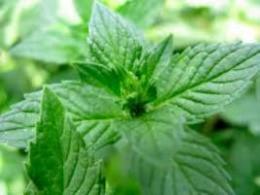
Peppermint is a herbaceous and perennial plant from the Lamiaceae family with erect, tetrahedral stems. Peppermint reaches a height of one meter. Leaves peppermint are sessile, short-petiolate, pointed, elongated-ovate, serrated at the edges. The leaves are dark green on top, but on the inside they are lighter and covered with hairs and small dotted glands.
Peppermint leaves contain rutin, ascorbic acid, carotene, essential oil, which includes menthol and esters of isovaleric and acetic acids. The leaves contain tannins, hesperidin, organic acids, carotene, flavonoids, betaine, trace elements (manganese, copper, strontium, etc.), etc.
Extracts from mint herb have antispasmodic, sedative, choleretic, analgesic, antiseptic properties, have coronary dilator reflex action, enhance capillary circulation, as well as intestinal motility.
Locally, menthol constricts blood vessels in the skin and dilates blood vessels in the lungs, heart and brain. He provides antiemetic, anti-inflammatory, astringent, analgesic and disinfectant action, enhances peristalsis, promotes the separation of bile. Preparations from the leaves have an antiseptic and analgesic effect, stop toothache, and refresh the oral cavity. Mint is used for inflammatory pathology upper respiratory tract (laryngitis, pharyngitis, runny nose, tracheitis) for lubricating mucous membranes, inhalations, nasal drops.


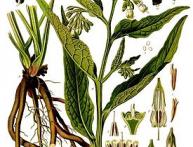
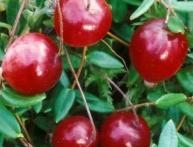
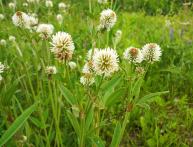
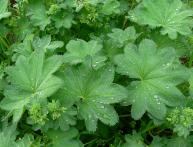
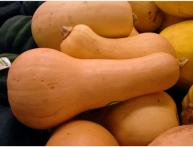

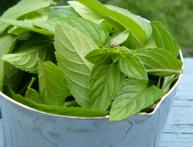
Comments
And what delicious tea with mint) I brew green tea in a thermos, add mint leaves to it
and not a lot of grated ginger) I leave it for a couple of hours))) very tasty, aromatic and healthy)
I recommend)